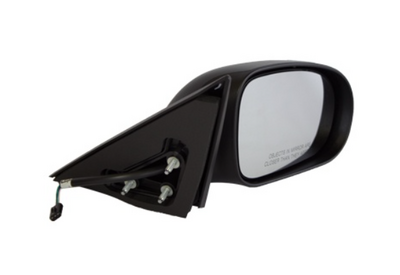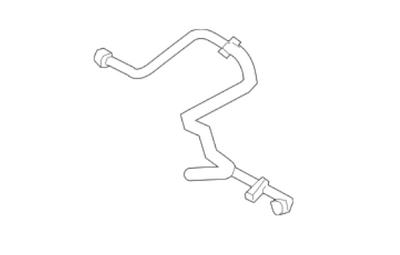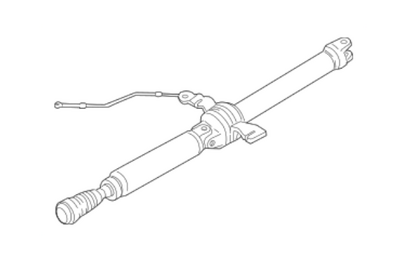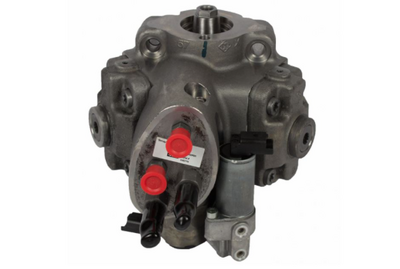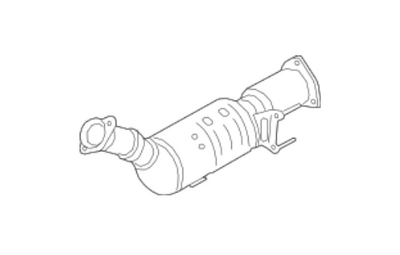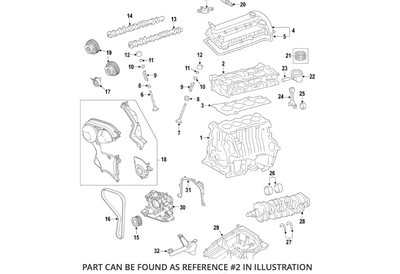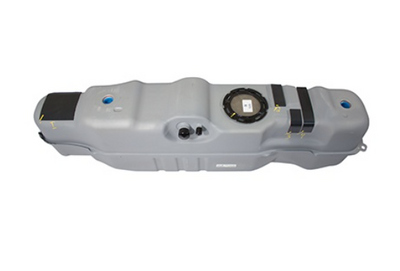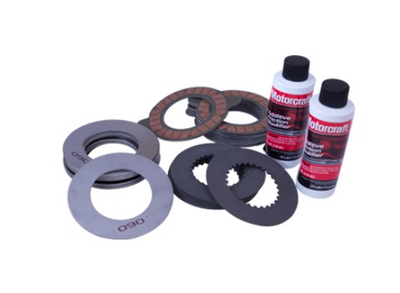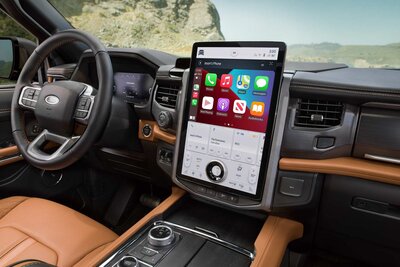Find Ford OEM Parts and Accessories in BC
BC Drivers: Understanding Popular Exterior Elements on Ford Vehicles
Tags:
(Posted on Apr 28, 2022 at 08:12PM )
BC Drivers: Understanding the Evaporative Control System on Ford Vehicles
Tags:
(Posted on Apr 27, 2022 at 08:11PM )
BC Drivers: Understanding Direct Injection Technology with Ford Vehicles
Tags:
(Posted on Apr 18, 2022 at 09:22PM )
BC Drivers: Understanding Diesel Motors with Ford Vehicles
Tags:
(Posted on Apr 17, 2022 at 07:12PM )
BC Drivers: Understand Fuel Economy Terms for Ford Vehicles
Tags:
(Posted on Apr 12, 2022 at 07:12PM )



